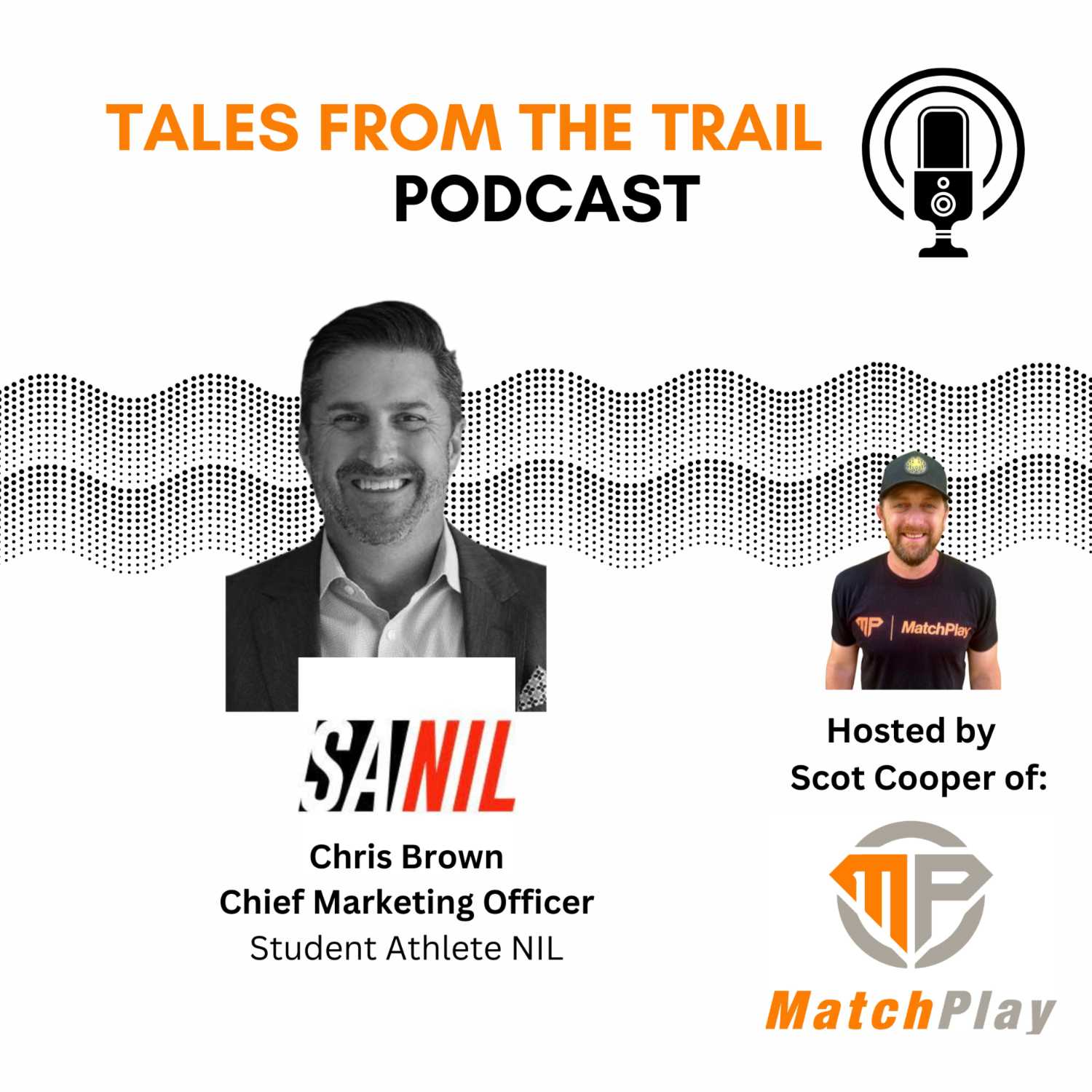60. Chris Brown- SANIL - Student Athlete NIL
- Author
- Scot Cooper
- Published
- Tue 12 Dec 2023
- Episode Link
- https://rss.com/podcasts/tales-from-the-trail-1/1262880
In this episode I welcome the Chief Marketing Officer of Student Athlete NIL, Chris Brown. NIL, Name Image, & Likeness, has come to prominence in the collegiate athletics landscape over the last few years and if you will become or are a student-athlete, it’s in your best interest to understand what it is and how it can potentially benefit you and your collegiate experience. Chris does a great job walking through what it is, how it works, and where it’s going. Additionally, he shares his experience as the parent of a women’s soccer player in the ACC. Lots of great information in this one and we didn’t even get to everything! More to come from Chris in the future.
Summary
This conversation covers the emotions of watching a child's last game, the transition to college sports, the recruiting process, the college experience, the introduction to NIL (Name, Image, and Likeness), collectives and the management of NIL, NIL opportunities for non-revenue sports, and the future of NIL and Title IX considerations.
Takeaways
Watching your child's last game can be an emotional experience, as it marks the end of a long journey and raises questions about the future.
The transition to college sports is a significant change, with student-athletes becoming employees and facing new expectations and challenges.
The recruiting process can be challenging, but with careful planning and research, student-athletes can find the right fit for their college experience.
NIL (Name, Image, and Likeness) provides opportunities for student-athletes to monetize their personal brand, but the landscape is still evolving and there are challenges to navigate.
Collectives play a role in managing NIL and connecting student-athletes with brands and opportunities.
Non-revenue sports face challenges in accessing NIL opportunities, but there is potential for growth and development in the future.
The future of NIL is uncertain, with ongoing discussions about regulations and the impact on Title IX.
This conversation explores the impact of Name, Image, and Likeness (NIL) on high school sports and the opportunities available for high school student-athletes. It discusses the challenges and benefits of NIL in high school, including the potential for recruiting manipulation and the use of NIL as a recruiting tool. The conversation also delves into the factors that determine influencer status and the strategies for growing a social media following. It highlights the role of influencer agencies in connecting athletes with NIL opportunities and emphasizes the importance of proactive engagement and networking for maximizing NIL benefits. The conversation concludes with a discussion on the differences in NIL opportunities across different college divisions.
Takeaways
NIL is trickling down to high school sports, allowing high school student-athletes to monetize their name, image, and likeness.
Opportunities for high school athletes to benefit from NIL are limited, with most market value and opportunities concentrated among star athletes.
Growing a social media following organically and engaging with followers is crucial for student-athletes to attract brands and maximize NIL opportunities.
Influencer agencies play a role in connecting athletes with NIL opportunities, but proactive engagement and networking are essential for success.
The impact of NIL varies across different college divisions, with Division I schools receiving more attention and resources for NIL opportunities.
